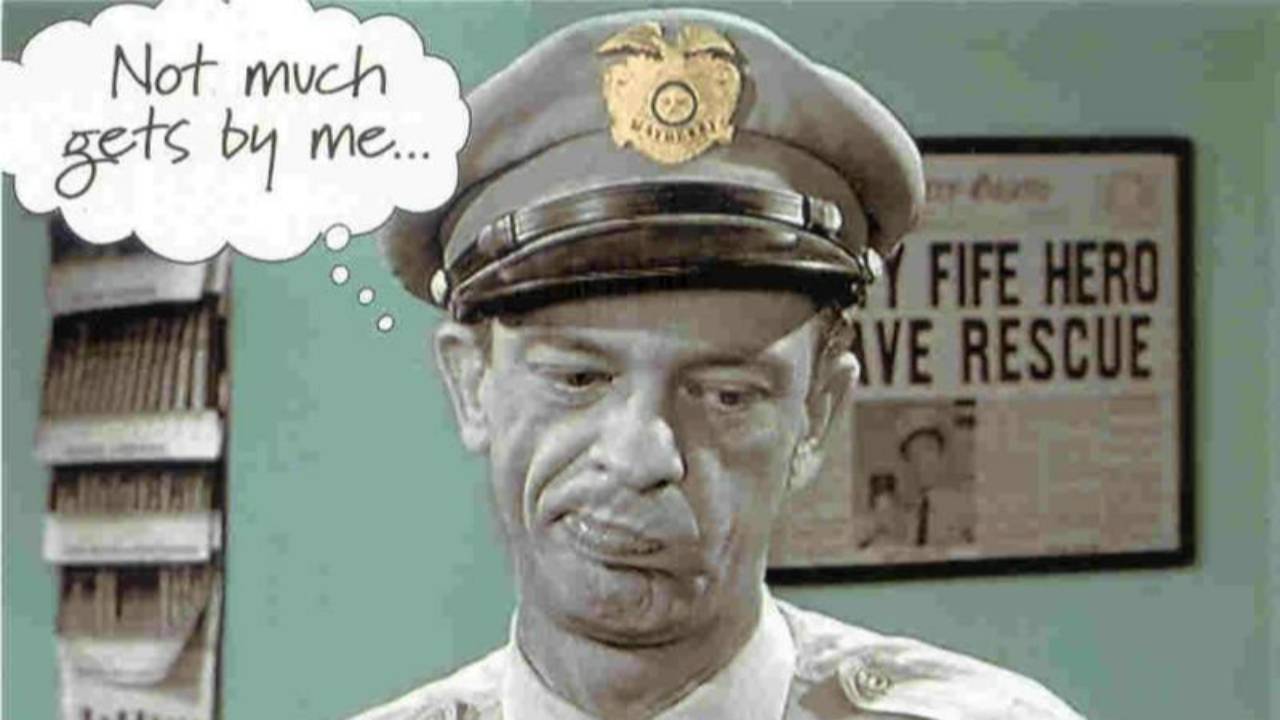
It’s Wednesday afternoon and you are in a productivity zone in your office. Finally, you’ve got a few minutes to yourself when a leader shows up in your doorway and asks “Got a minute?”. You ponder several different responses that you feel like saying before you begrudgingly replay, “sure”. And before the leader even sits down they are making a case about someone that has stepped way out of bounds on a project they are working on together. Your leader is obviously done with this person and is coming to you to fulfill their hopes of ending this person’s time at your company. You listen to their story and you are also feeling pretty surprised and upset that this team member would do the things you are hearing. Within a few minutes, you are fired up and ready to make a fast, emotional decision that you will most likely regret. The reason is that you have heard one side of a story. It is exaggerated. It’s missing some important facts and it has no context with it. And particularly as an enneagram 9, I have learned that I will quickly sympathize with the side of the story I am hearing at the time.
Instead, here are a few rules I never break when it comes to dealing with surprise situations that come with a lot of emotion and a plea for a quick resolution:
- Slow down. I’m not suggesting you don’t act; but slow down. Big decisions about people should take more than 30 minutes to make. Moving too fast will cause mistakes.
- Write down the things you are being told from the first person telling you this story. Seeing you write things down and repeating them back to the person cuts down the hyperbole about 30% and saves time later. Include things like who was there, what happened, when it happened, where this took place and why.
- Before you go further, consider any other key leaders that need to be included in this situation. I always include the leaders of the people involved in the conflict, maybe my HR director and in some cases even my fellow board members and CEO. At this point, I am only making them aware that a situation exists so that they don’t feel surprised later.
- Next I go to the source of the problem. I do this for several reasons. I want to hear their side of the story. I want them to know the claims that someone has made about them. And because it’s what I would want someone to do if I were sitting in a hotseat situation.
- Now the work begins. Time to meet with the key people who were there when this incident happened. What did they observe and what can they add to my fact sheet? Does the story I am getting from them match the story I started with?
- Chances are that your story has changed shape in several ways after speaking with those involved. Now you can put together the summary version of what you’ve heard and review it with the key people involved to agree on what actually happened.
- Now I can begin to consider several options to correct the situation. Is this a legal matter like sexual harassment? Is this a smaller but repeat offense like the person being accused blows off meetings they were scheduled to attend? Is this a fireable offense? In most cases, the matter can afford to be resolved the following morning after everyone has slept on the situation and had time to process it.
- Finally, decisions need to be made. Get the right group of leaders in a room and go over the story and the options. Decide on exactly what happens after this meeting and who will be involved. And it goes without saying that all of this needs to be documented and put in the proper place for later reference.
Taking the time to follow these steps and not leave steps or people out will help you make much better decisions when it comes to resolving situations that involve people.




